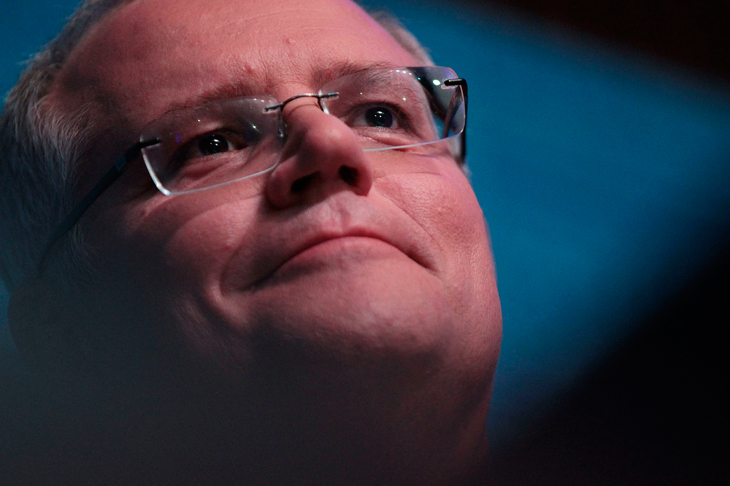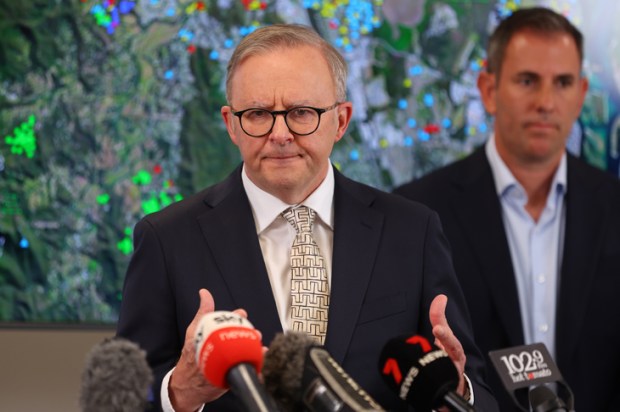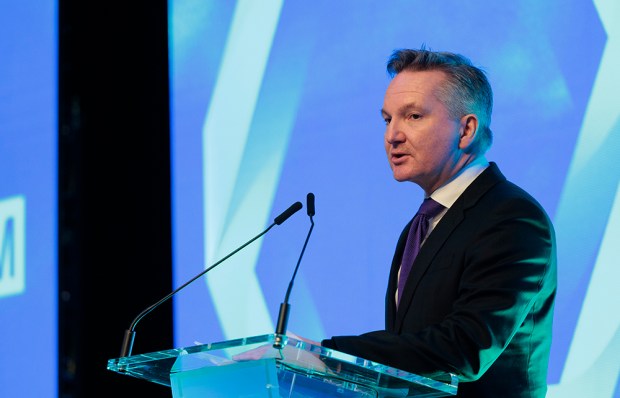July is a wonderful month, blessed by federal parliament not sitting and so temporarily depriving the Turnbull government of opportunities to buy more deficit-boosting parliamentary victories, like adding $5 billion to our national debt as the price of getting Gonski 2.0 through the senate. But it’s not just the politicians who are ready to add billions to the national credit card; by distinguishing between good debt and bad debt, the once-miserly Treasury Department that always sought to impose unwelcome fiscal discipline on vote-buying governments has now joined Glenn Stevens in excluding big-ticket ‘good’ infrastructure projects from the urgent need to cut government spending to resolve the deficit crisis. As John Stone lamented in these pages, there is now so much spin about deficits that the real extent of the problem has been deliberately obfuscated. Stone blames Scott Morrison’s ‘sleight of hand’ for entrenching in the budget ‘a distinction (between good and bad debt) without a difference so far as the interest payments, and repayment liabilities, deriving from both forms of debt, are concerned’. This ‘good debt/bad debt’ escape clause indicates, Morrison boasts, that the government will no longer be borrowing to pay for our everyday expenses. But the finger points not to Morrison but to Treasury Secretary John Fraser. Hansard reports of what actually happens in parliament (and therefore ignored by the press gallery who prefer their own made-up news) show that in a Senate Estimates hearing last year, the only financially literate Green Senator, Whish-Wilson asked Fraser whether separating capital and recurrent budget outlays would help the public understand the difference between the concept of good debt and bad debt. And Fraser, with years of experience at top levels in the private sector, where long-term debt for capital works and short-term for current expenditures is routine, responded: ‘The greatest proponent of this was the late W.C. Wentworth in the 1970s. A lot of the young smart-alec economists, of which I was one, thought it was a silly idea. But with the effluxion of time we realised that it was not totally silly… The states, of course, do this. That is where the bulk of capital spending is done and it makes sense… I unequivocally say that more infrastructure spending is a good thing to think about and to action,’ adding that the issue is not funding; it is projects. So the Treasury view is that good projects are ‘good debt’ even in a deficit crisis. With Treasury backing, Morrison changed the rhetoric away from the urgent need to fix the deficit as in the ‘unfair’ 2014 budget to one where it really does not matter that capital spending keeps going up and the return to surplus is in never-never-land.
Forty-one years ago Bill Wentworth was regarded as eccentric when he rejected the record $4.5 billion deficit inherited from the profligate Whitlam years as ‘purely a figment of the Treasury’s imagination, a myth that does not exist’ but ‘stands in the way of the government’s objectives of economic recovery, full employment, greater productivity, the elimination of waste and extravagance and the encouragement of private enterprise by giving it a greater share of available resources…This deficit obsession prevents the needed reduction of taxation and the carrying out of valuable public works’. Back then, the political message was that a big bad deficit required some big bad medicine; to encourage business with tax cuts and big-spending capital works while chopping off the unfunded spread of Whitlam largesse could have provided the same disastrous mixed message of ‘unfairness’ that destroyed the 2014 Hockey budget. But Wentworth’s views have become respectable as history repeats itself. In his final speech last August as Governor of the RBA, Glenn Stevens drew a distinction between borrowing to invest in the right long-lived investment assets that yield an economic return as opposed to borrowing to pay pensions, welfare and routine government expenses. And a parliamentary committee has recommended separating budget accounting for recurrent spending as against infrastructure capital in order to avoid the conflating that erodes the capacity of government to explain that its borrowings are prudent and worthwhile. Bill Wentworth may be winning the ‘good debt/bad debt’ debate from the grave.
Got something to add? Join the discussion and comment below.
Get 10 issues for just $10
Subscribe to The Spectator Australia today for the next 10 magazine issues, plus full online access, for just $10.
You might disagree with half of it, but you’ll enjoy reading all of it. Try your first month for free, then just $2 a week for the remainder of your first year.














Comments
Don't miss out
Join the conversation with other Spectator Australia readers. Subscribe to leave a comment.
SUBSCRIBEAlready a subscriber? Log in